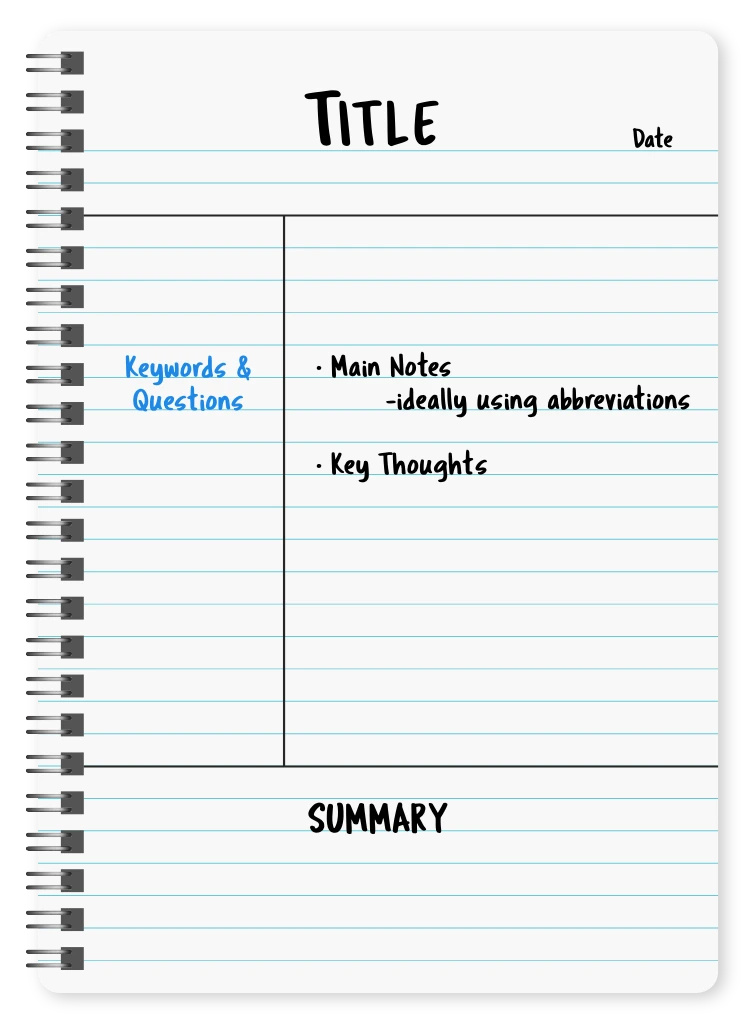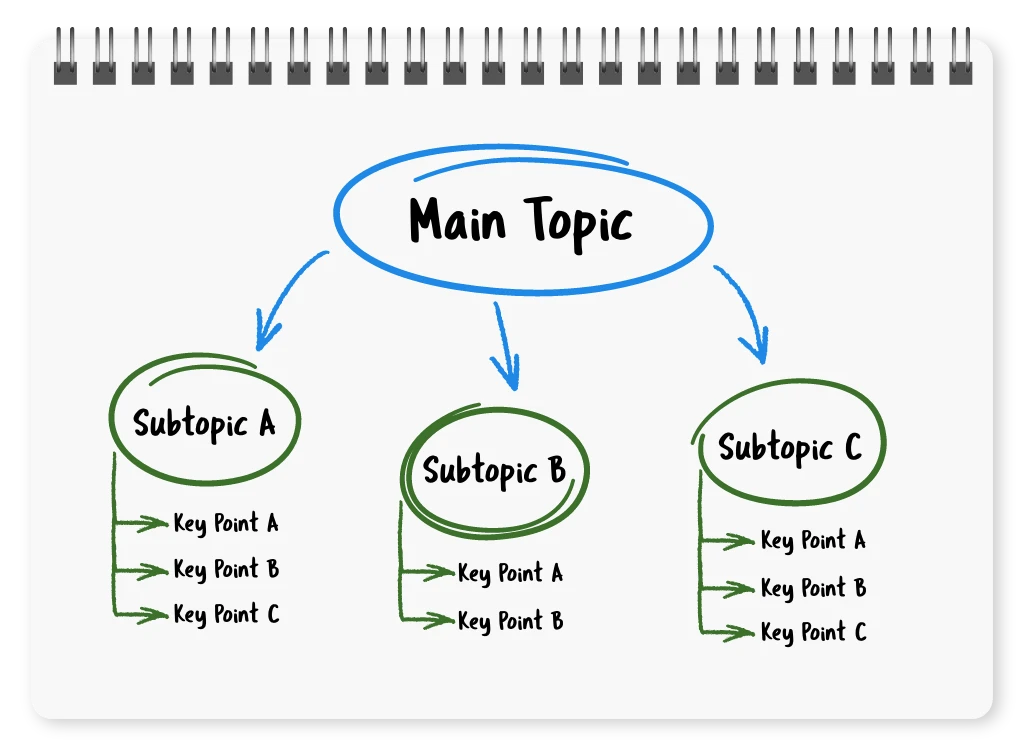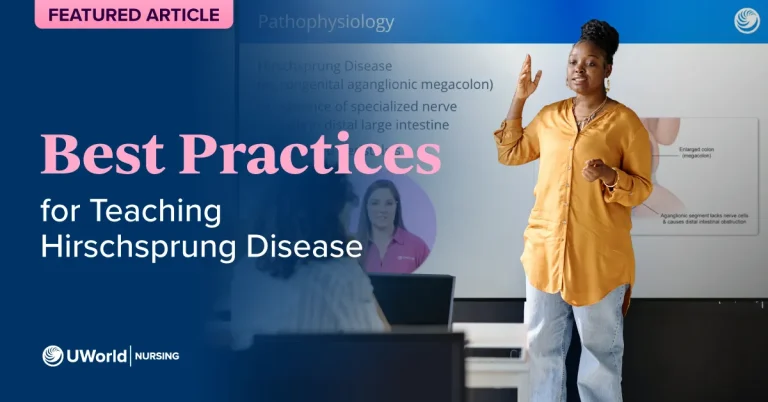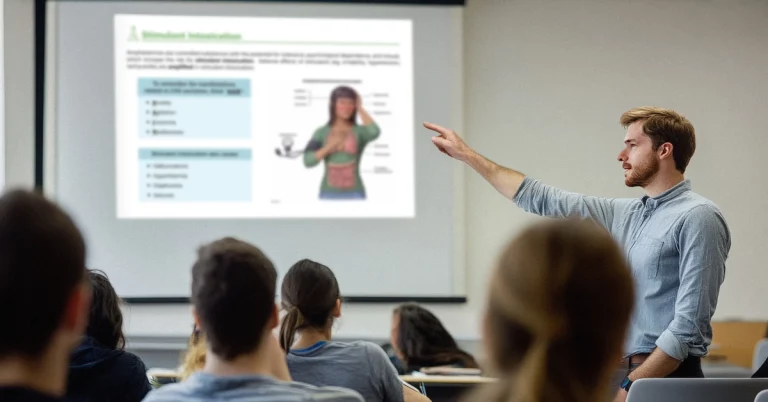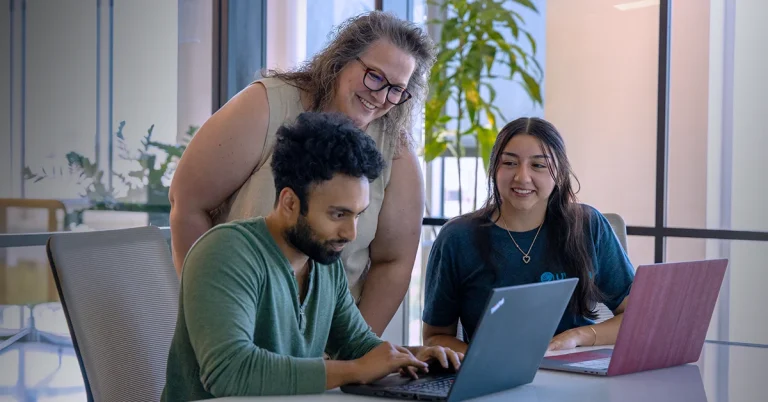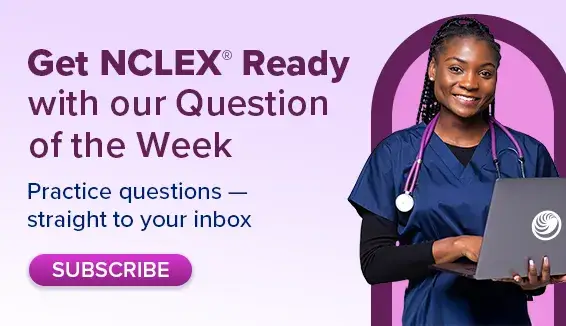Writing quality notes in nursing school can be difficult, given the amount of important clinical information students need to digest, but it’s not impossible. Effective note-taking is a skill anyone can learn and apply with practice. To help you maximize your efforts and study smarter, our team of practicing nurses and educators put together the following note-taking tips and strategies.
Why Effective Note-Taking Matters in Nursing School
You’ve gotten this far in your academic career; why change how you take notes now? It’s a fair question that many nursing students ask themselves. The biggest reason? Quality note-taking is non-negotiable for nurses. The medical and healthcare-related information you’ll learn in nursing school directly impacts the lives of others and can be a matter of life or death. It’s essential that you become an expert at retaining and recalling what’s presented in your nursing curriculum.
This skill will also help you develop your critical thinking, clinical reasoning, and decision-making skills. A big reason for this is the idea of active learning. By participating in the learning process through detailed note-taking, instead of just listening, you’ll begin to truly think like a nurse. Even in future practice, you’ll be required to take effective notes in a short amount of time. It's to everybody's benefit that you learn this skill now.
Hand-Written vs. Typed Notes
Generally speaking, educators recommend that students take written notes to better retain information. Written notes make it impossible to take down every word your instructor says, which is to your benefit. While typing on a laptop is faster, the slower process of writing forces you to consider what’s being presented and summarize the main points in your own words.
Writing also allows you to sketch diagrams, color-code, and link ideas more effectively than with typed notes. Whether on paper or a tablet, this is useful. We suggest using whichever method you’re more comfortable with.
Common Note-Taking Methods in Nursing School
There are several common methods for taking notes that are often recommended in nursing school. Some will depend on what material is provided by your instructor in advance, while others you can implement on your own.
Using Instructor Handouts
If your instructor provides an outline or slides before class, print them out as a starting point for your notes for that lesson. This will make it easier to listen during class instead of frantically writing notes, while more important pieces of information can be added in.
If your instructor provides notes, they’re also likely expecting you to read about the topic beforehand. Always read through provided material, even if you don’t print it out, and read its associated material. You can then go to class prepared with questions and a basic understanding of what will be covered.
The Cornell Method
The Cornell method is a simple way to quickly organize and summarize key information as you write it. Start by making a roughly 2-inch margin on the left side of your paper. During class, write notes in the larger space on the right side. When your instructor changes topics, move a couple of lines down and continue with your notes. In the left-hand margin, add keywords or questions that reference the material on the right. At the end of a section, briefly summarize how the ideas are related across the full page to separate lessons.
After class, fill in any important information you missed in your right-hand notes, and clarify any of the related keywords or questions on the left. When you review your notes, you can cover the full descriptions on the right, read the cues on the left, and recite as much information as you can (almost like flashcards).
The Mapping Method (Concept Mapping)
If you’re a more visual student or are learning a section with many related ideas, the Mapping method is a great option. In a study on incorporating concept maps into nursing programs:
Students acquired problem-solving and critical-thinking skills by organizing complex patient data, analyzing concept relationships, and identifying interventions.1
Begin with the central idea in the middle or at the top of your page, and draw branches separating ideas into subcategories. Label each branch and add notes at their ends that can then branch into other ideas.
While the Mapping method does a good job of visually representing linked ideas, an obvious downside is that it can be difficult to keep organized. As branches become more complex and as additional details are added, your page can become messy or run short on space. For maximum benefit and to further develop your critical-thinking skills, it may be necessary to revise your concept map as you learn more about a particular topic.
SOAP Notes
As you move into patient work, SOAP notes become a widely used note-taking method. We suggest practicing it in nursing school as you simulate patient interactions. SOAP is an acronym that stands for:
- Subjective - Information the patient reveals (e.g., their medical problem, family history, etc.)
- Objective - Factual information like vital signs and observable symptoms
- Assessment - Your clinical interpretation of the subjective and objective information
- Plan - What next steps should be taken based on your assessment?
The layout promotes clinical reasoning and serves as a clear index or checklist of important patient-related information. Because SOAP notes are so common in the healthcare industry, using them makes it easier to convey patient information to other healthcare workers.
Nursing Notes in Clinical Practice
In nursing, becoming an expert at writing notes by hand serves another useful purpose. Once you start working with patients, you’ll need to be able to quickly write clear and concise notes on a notepad or clipboard. You often won’t have the luxury of being next to a computer to type notes. You’ll need to document objective and subjective data, write legibly, limit abbreviations, and record relevant interactions with family members or decision-makers. You should ask yourself, “If another nurse took over for this patient, would they be able to use my notes to provide safe, effective care?”
Nursing Notes vs. Charting
During clinicals and active practice, you’ll need to understand the difference between nursing notes and more official charting. As discussed above, nursing notes are important in ensuring high-quality care. Your notes should outline your interactions with the patient and decision-making process so that others on your team can pick up where you left off, if required.
A patient chart, on the other hand, is a legal document that describes all aspects of a patient’s care, including medications administered, services provided, and procedures performed.2 Charting can be time-consuming because of how essential it is to be accurate and thorough. Mastering both forms of note-taking is necessary to provide safe and effective patient care.
Nursing Abbreviations & Acronyms
Abbreviations should be used sparingly when documenting patient information in clinical practice. However, they can make your note-taking during school much more efficient. It’s helpful to have some exposure to common shorthand you may come across in the future, as well. Illinois State University’s Mennonite College of Nursing offers an extensive list of nursing abbreviations and acronyms to get you started.
Taking High-Yield Notes for the NCLEX
As you develop your note-taking skills in class or at clinicals, you should improve them after class. Read associated course materials and add important information you missed. If you subscribe to UWorld Nursing, you can then solidify your understanding in a few simple steps:
- Watch a 5-7 minute lecture video on the topic you’re studying.
- Actively practice NCLEX-style questions while the information is fresh.
- Summarize the information from our content-rich answer explanations.
- Transfer the content into My Notebook.
- Add your classroom notes to our material.
This will greatly improve your understanding of in-class material while preparing you for the NCLEX and your future career as a practicing nurse.
Anything Else to Note?
Once more, the importance of learning how to write quality notes as a nursing student cannot be overstated. This skill is instrumental in improving your retention, developing your clinical reasoning skills, and preparing you for successful patient interactions. 1 last bit of noteworthy advice?
“Notes are a brief written observation, record, or abstract of facts.”
- Oxford English Dictionary3
The point being, don’t go overboard with your notes. That’s what textbooks are for! Notes are for summarizing key information in your own words, organizing related ideas, and quickly reviewing relevant concepts. Your notes won’t be perfect, but they don’t need to be. Going through the documentation process is where most of your learning will take place.


